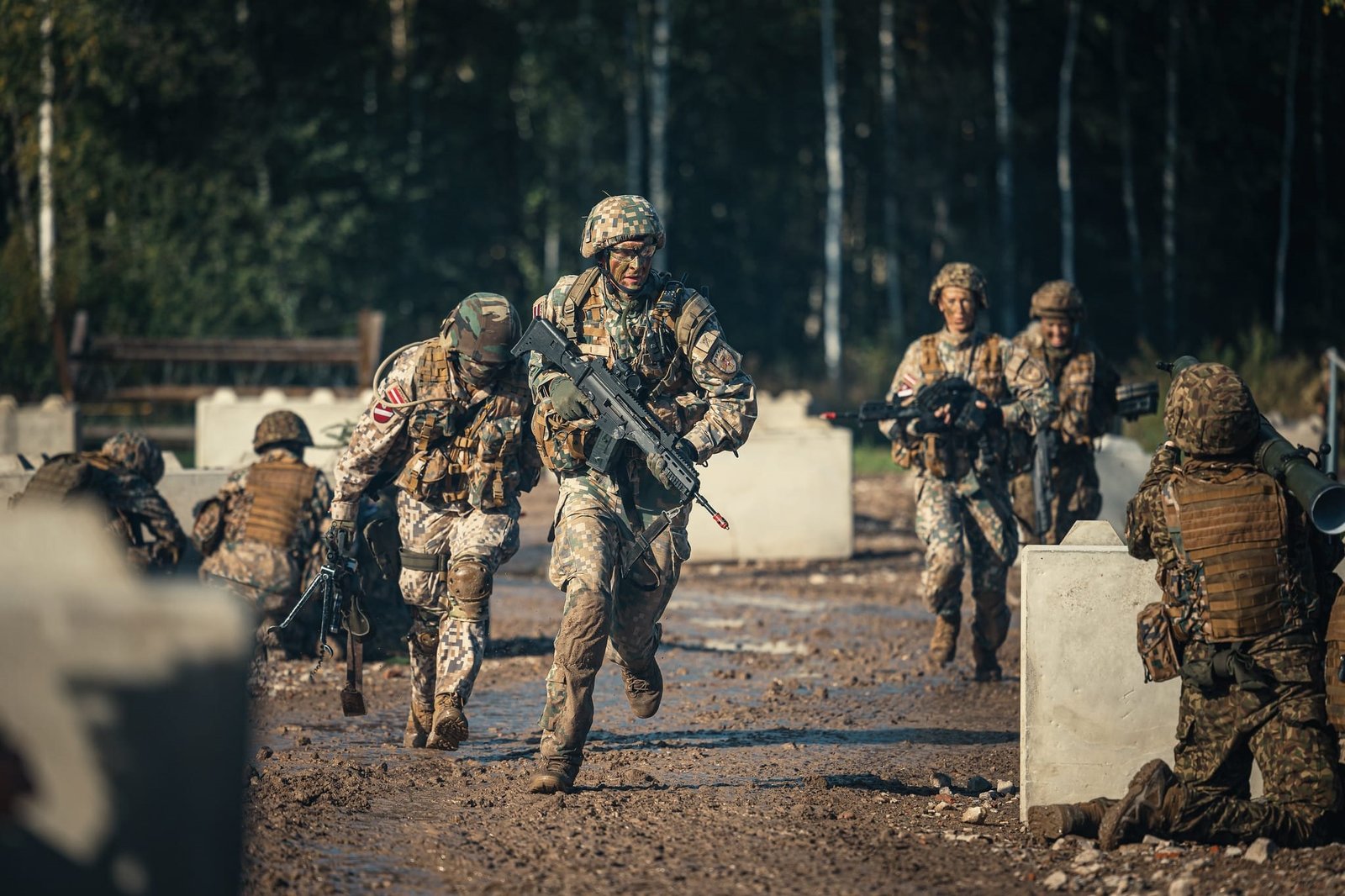The Importance of Analyzing Military Spending
Military spending is a crucial aspect of global politics and security. It is the financial investment made by countries to maintain and strengthen their armed forces. Analyzing military spending provides valuable insights into the priorities, capabilities, and intentions of nations. In this article, we will delve into the global arms race, examining the trends, implications, and factors influencing military spending worldwide.
The Global Arms Race: A Historical Overview
The concept of an arms race can be traced back to the early 20th century, with the rivalry between major powers leading up to World War I. Since then, the arms race has evolved and intensified, fueled by geopolitical tensions, technological advancements, and the pursuit of national security.
During the Cold War, the arms race between the United States and the Soviet Union dominated global politics. The two superpowers engaged in a competition to build up their nuclear arsenals, resulting in an unprecedented level of military spending. The end of the Cold War brought some respite, but new regional conflicts and the emergence of non-state actors shifted the focus of the arms race.
The Current State of Military Spending
In recent years, global military spending has been on the rise. According to the Stockholm International Peace Research Institute (SIPRI), worldwide military expenditure reached $1.9 trillion in 2019, representing a 3.6% increase compared to the previous year.
The United States remains the largest spender, accounting for nearly 38% of the global total. Its military budget exceeds that of the next ten countries combined. China, with its rapid economic growth, has significantly increased its military spending and now ranks second in the world.
While some countries are increasing their military budgets, others are reducing theirs or maintaining a steady level of spending. Factors such as economic constraints, changing security priorities, and shifts in international alliances influence these decisions.
The Implications of the Global Arms Race
The global arms race has far-reaching implications, both positive and negative. On one hand, military spending can stimulate economic growth, create jobs, and drive technological innovation. Defense industries contribute to national economies and provide a skilled workforce.
However, excessive military spending can divert resources from essential sectors such as healthcare, education, and infrastructure. It can also perpetuate a cycle of insecurity and mistrust, as nations strive to outdo each other in terms of military capabilities. The arms race can escalate tensions, increase the risk of conflicts, and hinder diplomatic efforts.
Factors Influencing Military Spending
Several factors influence a country’s decision to increase or decrease its military spending. These include:
- Perceived Threats: Nations often increase military spending in response to perceived threats from other countries or non-state actors.
- Geopolitical Considerations: Strategic interests, regional rivalries, and alliances play a significant role in determining military budgets.
- Technological Advancements: The development of new weapons systems and military technologies can drive up military spending.
- Economic Factors: Economic stability, GDP growth, and budgetary constraints influence a country’s ability to allocate funds to the military.
- Domestic Politics: Public opinion, political ideologies, and the influence of defense lobbies can shape military spending decisions.
Conclusion
Understanding and analyzing military spending is crucial for policymakers, researchers, and citizens alike. It provides valuable insights into global security dynamics, economic implications, and the potential for conflict. By examining the global arms race and the factors influencing military spending, we can work towards a more peaceful and secure world.



































